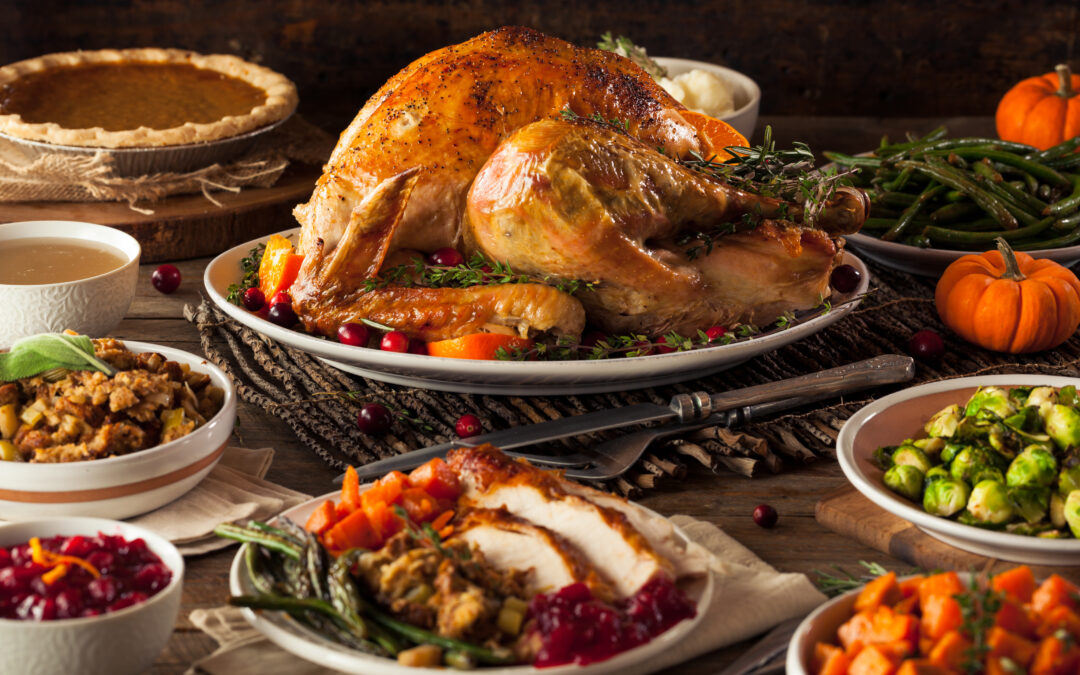“Gratitude turns what we have into enough”
On November 26th, Americans will be celebrating Thanksgiving in a much different way. Out of respect for our front-line workers, and taking the advice of the nation’s leading disease experts, we will be staying home and staying safe.
It’s a difficult time for sure. Our lives have been disrupted with normal routines being replaced with doubt, fear and anxiety. How does one even begin to find anything to be thankful yet grateful for? And what do the words actual mean?
There is a difference in the power of the words thankfulness (thankful) and gratitude (grateful). Thanksgiving is when we spend time feeling thankful for the things are lives include. When one opens a door for us or lets us ahead in line, we say thank you, and have that thankful feeling. When we remembered the ingredients for the green bean casserole and didn’t forget the cranberry sauce, we are thankful. These are feelings, yet feelings can fade.
Gratitude is much more than just the feeling of thankfulness. Being thankful is the first step towards finding gratitude in life. The person who feels gratitude is thankful for what they have and is satisfied-not needing more.
By learning how to incorporate gratitude on a daily basis, all year round, our lives will become so much richer, even in the darkest of times.
Harvard Medical School offers that gratitude is a thankful appreciation for what one receives.
This all sounds great, yet how do we develop the “attitude of gratitude”?
Here are a few simple suggestions:
- Every day, say 3 things that you are grateful for. Ex: A warm home, a job that brings food home for the family, being able to visit your mom and have a reliable car to drive there.
- Keep a gratitude journal. I’ve always told my children, “At the end of the day, look at what you’ve accomplished, not what you didn’t.” Acknowledge even the smallest of things and jot them down so you can look back and reflect.
- Look at what you have, not what you don’t have
The key to developing a life of gratitude is practice. The more gratefulness is integrated into our lives, the easier and more routine it will become! It will grow over time and you will be amazed at what it can do for you.
If you are struggling to find something to be grateful for, look to others who are experiencing misfortunes greater than your own. By placing the focus on people who are going through difficulties and helping, even in a small way, it’s amazing the gratitude you’ll receive.
In the story, “All That I Had”, Catherine’s life was certainly not easy. Her grandfather dug ditches during the depression for work. Her father held 3 jobs. The family could only afford to eat meat once a week. Her mom suffered with health issues. Yet this family had embraced gratitude in what they did have, not what they didn’t.
Today, at the age of 97, Catherine continues to live a “life of abundance” and is grateful for all that she has-needing nothing more. She shares her gratitude by doing volunteer work and sends cards out daily to others to brighten their day. Her beautiful smile and her compassion for people has made her a role model for many.
This Thanksgiving will not be the same as years past, yet by “feasting” on what we have to be grateful for, on this holiday and every day, our lives are certain to see a change for the better, even in the darkest of times.
This blog is dedicated to the many people who won’t be at the Thanksgiving table and to the tireless efforts of all of our doctors, caregivers and front-line workers.

